8 places to see the best of Japan without the crowds
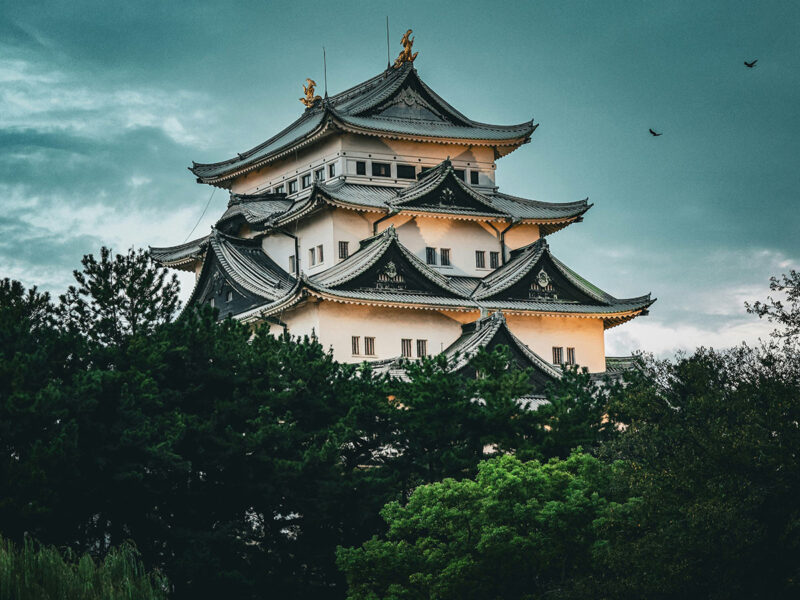
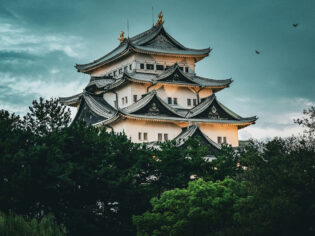
Disocover the best of Japan without the crowds. (Image: Tim D)
| THIS ARTICLE WAS CREATED IN PARTNERSHIP WITH JNTO |
Tokyo, Kyoto and Mt Fuji deserve their fame. But step into a castle town, an art-filled island or a coastal shrine – and you’ll find a Japan that still feels like a secret.
Japan’s famous Golden Route is usually at the top of the list in terms of must-see locations. But if you venture beyond those blockbuster destinations, you’ll find castles, coastlines, food and festivals that are just as memorable – and often it’s Japan without the crowds.
Whether it’s sipping sake in Niigata, journeying along hiking trails once walked by samurai, or drifting through an island bay, these destinations should easily slot into your itinerary.
1. Matsumoto
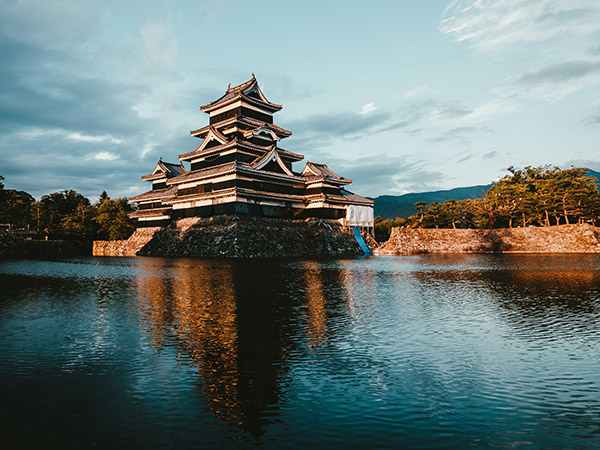
See Matsumoto Castle. (Image: Claire Chang)
Matsumoto sits at the base of the Japanese Alps, and its star attraction is impossible to miss. Surrounded by a carp-filled moat, Matsumoto Castle’s dark exterior gives off an air of intrigue, while its creaking floorboards and narrow staircases not-so-subtly remind you of its medieval past.
The city has a creative side, too. The Matsumoto City Museum of Art pays tribute to Yayoi Kusama, one of the world’s most famous artists, who was born in this very city.
2. Tottori Prefecture
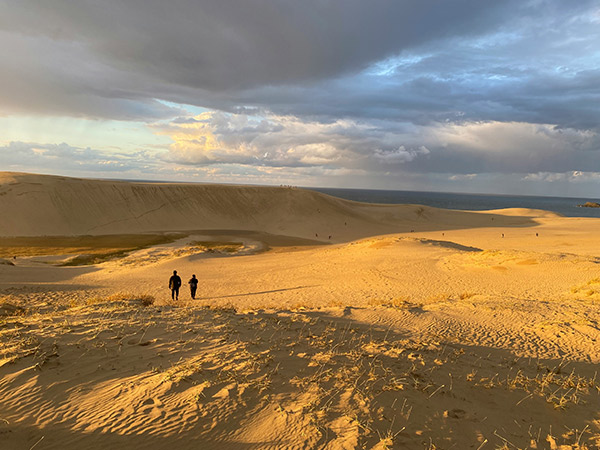
Walk along Japan’s only large sand dunes. (Image: Anni W)
The sand dunes in Tottori Prefecture need to be seen to be believed. The prefecture is home to the country’s only large sand dunes, stretching for 16 kilometres along the coast. You can climb them, sandboard down them, or even ride a camel across them.
Once you’ve had your fill of sand, the coastline offers quiet beaches and rocky cliffs where the sea does most of the talking. Just inland, Mt. Daisen is the highest peak in the Chugoku region and a favourite for both hikers and skiers.
The mountain sits inside Daisen-Oki National Park, where changing seasons mean a vastly different experience depending on the month you’re there.
3. Nakasendo Hiking Trail
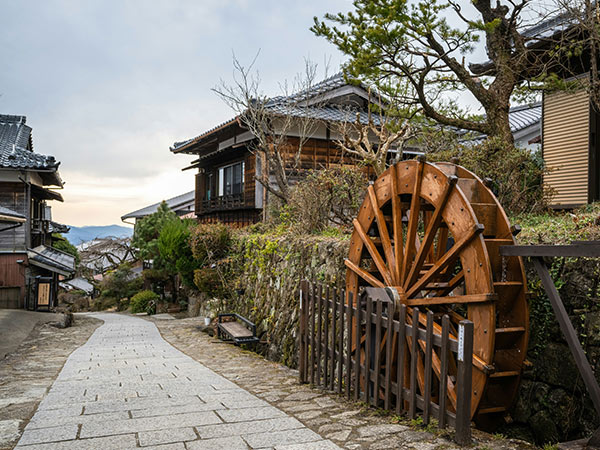
Follow the trail from Tokyo with Kyoto. (Image: Pen Ash)
Long before planes, trains and automobiles, the Nakasendo Trail was one of the main walking routes linking Tokyo with Kyoto. Once containing 69 post towns each spaced roughly a day’s walk apart, travellers would stop at towns along the way for a meal and a bed. Today, you can still follow that route and stay in quaint inns that feel perfectly preserved.
The Kiso Valley is one of the most stunning offshoots of the trail, with villages like Magome and Tsumago keeping their wooden houses, cobbled streets and tea shops intact. Spending a night here is more than enough to empathise with ancestors who would have to plan their journey based on the speed of their feet.
4. Niigata Prefecture
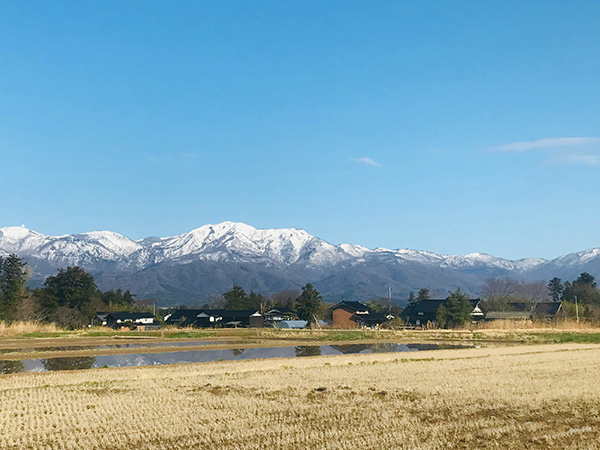
Find coast scenes, cute inland towns and snow-capped mountains on Sado Island. (Image: Siraj Shahjahan)
Niigata is renowned throughout Japan for producing some of the finest sake in the country. Snowmelt from the surrounding mountains provides incredibly pure water, and – when it combines with local rice – the results are worth raising a glass to. Pair that with sushi made from seafood caught offshore, and you’ve got a meal to write home about.
Take the ferry to Sado Island for more than coastal scenery. The UNESCO World Heritage Sado Island Gold Mines were once a mining centre that supplied around one-third of all the gold found in Japan. This island retreat now produces some eclectic theatre and festivals.
Dedicated to global unity, the Earth Celebration Festival sees hordes of gig-hunters flock to the town of Ogi to watch the Kodo drumming group beat up a storm.
5. Aichi Prefecture
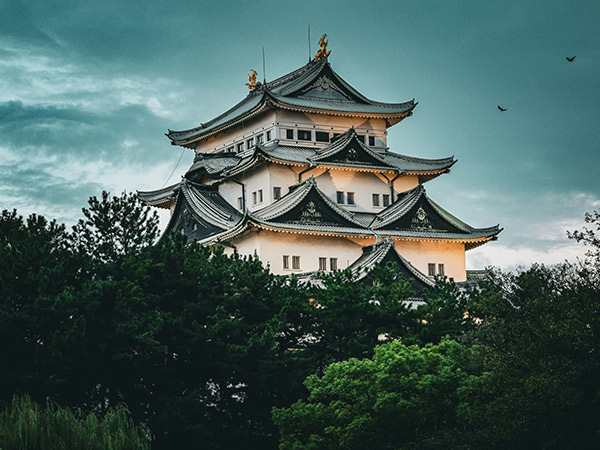
Nagoya Castle carves a striking silhouette. (Image: Tim D)
Nagoya Castle is the obvious starting point in Aichi. With its golden ornaments and distinct shape standing tall among a sea of skyscrapers, it’s one of Japan’s most striking castles.
Aichi is also the birthplace of Toyota, and the company’s museum showcases how it evolved from weaving looms to cars that revolutionised the way the world moves. The machines on display are surprisingly hands-on, which is an added perk for the curious motorhead.
And then there’s Ghibli Park, which will delight anime fans around the world. Unlike a theme park full of rides, it’s a place to immerse yourself in the universe created by filmmaker Hayao Miyazaki. You can walk through Totoro’s forest, visit Satsuki and Mei’s house, or explore exhibitions dedicated to Studio Ghibli’s most beloved films.
6. Miyagi Prefecture
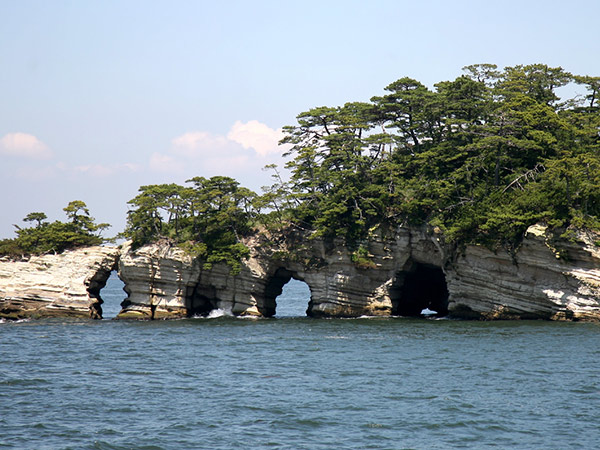
Soak in the striking scenery of Matsushima Bay. (Image: Nakae)
An astounding 260 small, pine-covered islands cover Matsushima Bay – making it one of Japan’s most baffling and beautiful views to witness in person. The best way to see these natural marvels is from a boat, weaving between the islets. Or, on foot along Matsushima’s coastline.
Back on dry land, the Zao Kokeshi Museum is home to the most handmade dolls you’ve likely ever seen in one place. Each traditional doll has its own expression and style – its handiwork can be traced back centuries, roughly around the Edo period.
To relax your travel-weary bones, Akiu Onsen offers hot spring baths surrounded by serene mountain scenery. The mineral-rich water has been drawing visitors since the sixth century, and its rumoured healing powers are still going strong.
7. Mie Prefecture
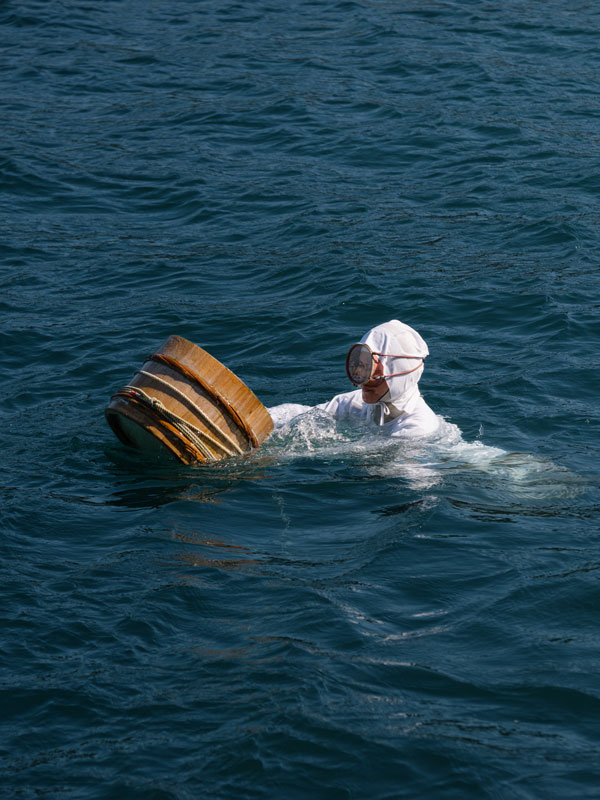
Visit the Ama divers of Japan. (Image: Rachel Claire)
Mie is one of the few places in Japan where Ama divers still practice their craft. Once thought to be immortal by folklore standards, these women free-dive without oxygen tanks to collect shellfish – a tradition that has been passed down for hundreds of years. Visitors can join them in seaside huts where fresh seafood is cooked over an open fire while the divers share stories from their lives.
The region is home to Ise-Jingu Naiku, one of Japan’s most sacred Shinto shrines. Surrounded by forest, it’s rebuilt every 20 years as a symbol of renewal.
In the food department, Matsusaka beef is known for its marbling, while Ise lobster is considered a rich, buttery delicacy. Both are reason enough to linger here.
8. The Setouchi Art Islands
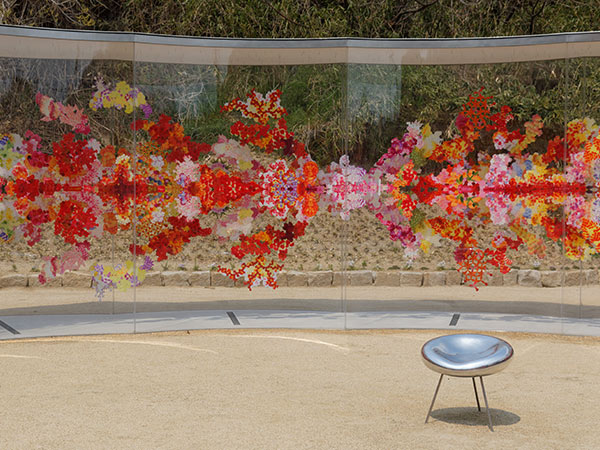
Wander through local artworks. (Image: Kimon Berlin)
For anyone who loves art, the Setouchi Islands provide a gallery without walls. Naoshima leads the way with world-class museums designed by Tadao Ando and outdoor sculptures that have become icons in their own right. The giant pumpkin by Yayoi Kusama is as popular with photographers as it is with fellow artists.
Teshima adds another layer with installations in rice fields and abandoned homes, while Shodoshima mixes galleries with olive groves and mountain trails. Together, the islands create a region where art spills out onto the surrounding land, refusing to be contained by museum walls or a glass box.
To create a more in-depth itinerary for your next Japan trip, head to the japan.travel.
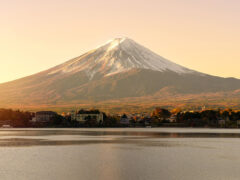
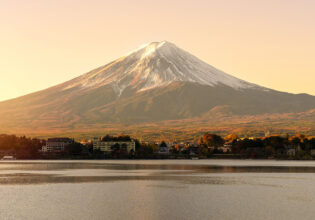
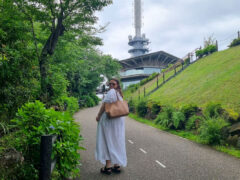
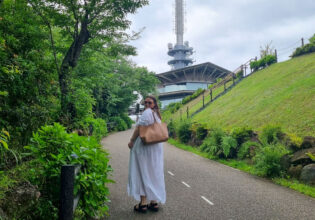

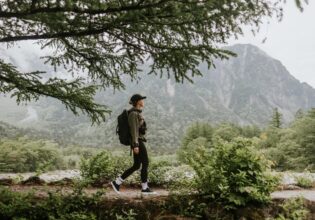
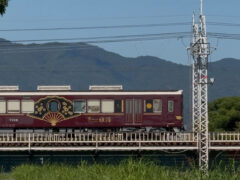
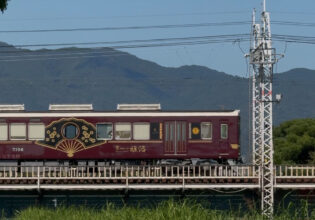
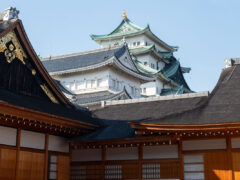
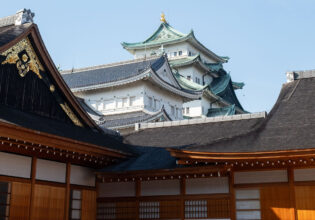
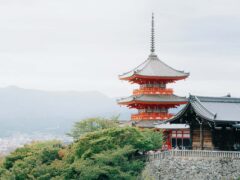
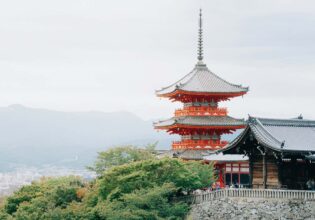


LEAVE YOUR COMMENT